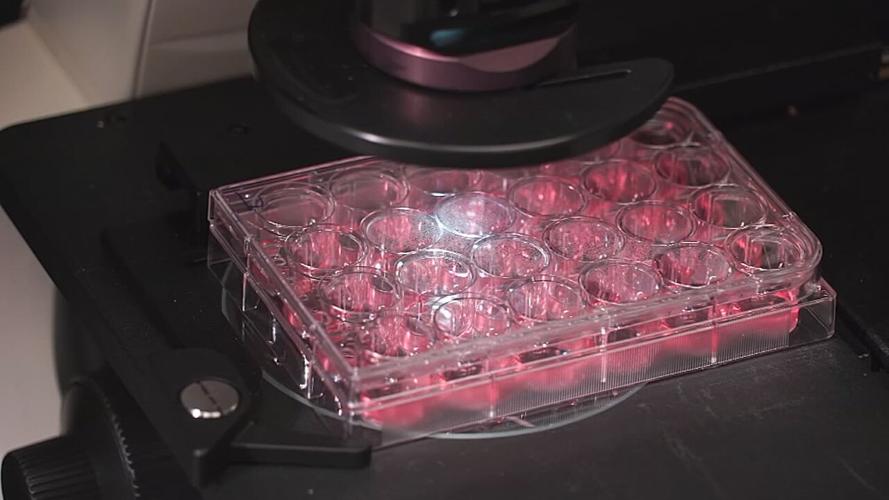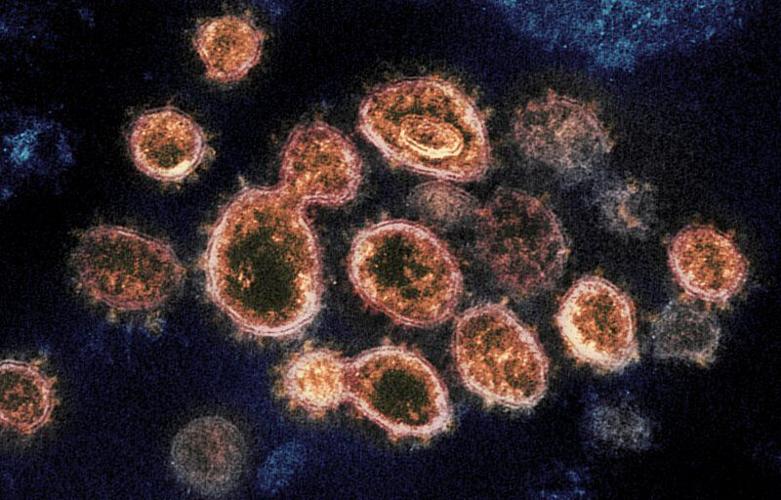LOUISVILLE, Ky. (WDRB) -- The most recent analysis from the University of Louisville's Co-Immunity Project indicates Jefferson County's COVID-19 infection rate is now 10 times what it was two months ago.
U of L's Co-Immunity Project has shown in its last round of testing that the Shively area and northeastern Jefferson County are showing the highest rates of infections.
Researchers say there could be several reasons for the higher rates, including more mobility in those areas; more people moving from place to place and infecting others.
"If you're sitting in your home, and you're not in contact with anyone outside your immediate bubble, the virus isn't going to suck in through your doors or windows, right. You have to go out to get this," Dr. Rachel Keith told WDRB News.
Earlier stages of the project showed high rates in the city's west end.
"It kind of gets back to the virus doesn't care who you are or where you are, it will get you if you do the things that put you at risk," said Keith.
The study recently completed its third round of random sampling of people from across Jefferson County. It shows staggering changes from the last round, in September.
"To us this is very alarming., and we don't think that this is going to abate any time in the future," said Aruni Bhatnagar, Ph.D., director of the institute.
Researchers who participated in the study say Jefferson County's infection rate from September to November has increased tenfold -- from .2% of the population to a full 2%.
Researchers at the Center for Predictive Medicine arrived at the latest numbers by testing samples from 2,800 individuals between Nov. 9 and Nov. 16, representing all parts of Jefferson County for both active infection and antibodies -- which indicate that person was previously infected. Based on the results, researchers estimate 1 in 50 Louisville residents were infected and that the rates of infection were nearly five times higher than the publicly reported number of cases, estimated at 0.4% of the population.
"At this rate, as many as 13,000 Louisville residents likely are infected today, many of them asymptomatic and who unwittingly may be spreading the virus," said Bhatnagar. "These rates are startling and should make every person living in Louisville re-evaluate their personal precautions to avoid coronavirus, especially as we approach the holidays."
Researchers say according to their data, somewhere around 45,000 Louisville residents have had the virus at some point during the pandemic. That's more than double the current known cases.
Health experts attribute the increase to many people being asymptomatic and never getting tested before becoming infected, or not having access to a test.
Doctors say they expected to see an increase in their data during colder months, but this latest increase is higher than projected.
Copyright 2020 WDRB Media. All rights reserved.















